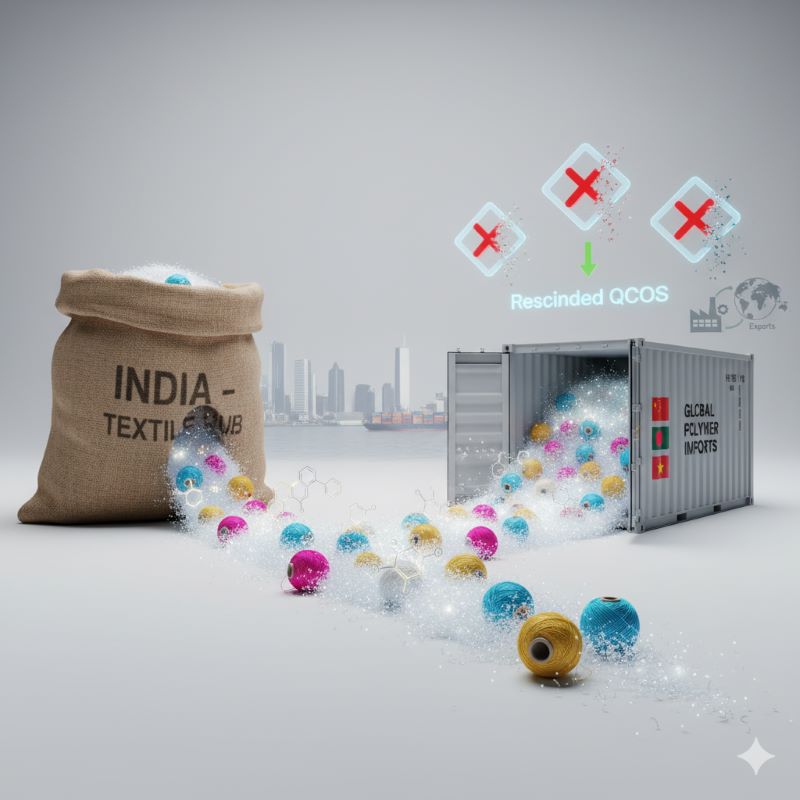Tiruppur's knitwear exports are projected to increase by 15 per cent in FY25-26. These exports had increased by 20 per cent to $4.8 billion in FY24-25.
KM Subramanian, President, Tiruppur Exporters' Association, states, knitwear exporters in Tiruppur are prioritizing green production by employing Zero Liquid Discharge (ZLD). They are recycling 34.3 million gallons of water daily, with 96 per cent being reused.
The association generates 2,000 MW through wind turbines and 250 MW via solar power. It utilizes 350 MW for the industry, while the remainder is supplied to the Tamil Nadu Electricity Board. Mindful of climate change risks, the association has planted 2.2 million trees with a 90 per cent survival rate. These initiatives have been a key in attracting international buyers from various countries with the association receiving more orders from the US and European countries, he adds.
Furthermore, Subramanian notes, the association anticipates a 15 per cent growth in exports in the current fiscal year. The federal and state governments should also provide support. Tiruppur's infrastructure needs to be improved to align with export growth. It is essential to offer bank loans with straightforward processes, along with subsidies and incentives.
A Sakthivel, Vice-Chairman, Apparel Export Promotion Council (AEPC), remarks, knitwear exports from Tirupur grew by 20 per cent in FY 2024-25. This achievement underscores the sector's sustained momentum and the strong global demand for Indian knitwear and apparel. This growth in knitwear exports is a highly encouraging sign, and this momentum will continue, despite global uncertainties. The association hopes to sustain this upward trend in the years ahead, he adds.
Sakthivel states, maintaining its upward trajectory, India's ready-made garment (RMG) sector registering a 10 per cent growth in exports during FY 2024-25. Total RMG exports in 2024-25 stood at $16 billion, with 49 per cent of exports originating from the knit sector, marking a significant increase from the previous year.
S\ Vijayakumar, an exporter, says, on a growth path for over a year now, Tiruppur's knitwear sector has been receiving large orders in frequently. This benefits large companies the most with some of the major US brands now looking to India instead of China.
However, India receives orders only after its competitors like Bangladesh and Vietnam have full order books. This happens mainly due to the cost difference. Hence, India needs to control its raw material prices, he adds.












